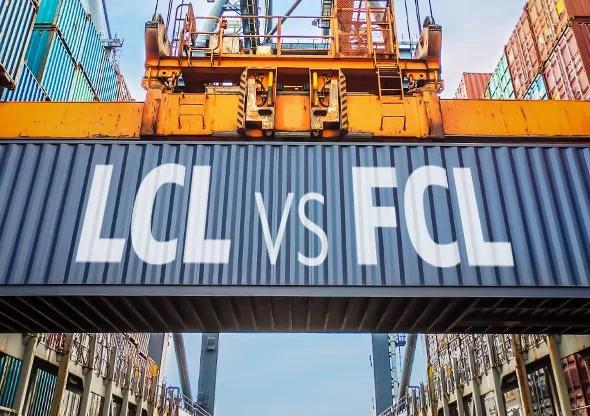Drayage Services and Drayage Charges Explained in 2024
Drayage plays an essential role in freight shipping, especially in intermodal transportation. It refers to the short-distance transport of goods, often in containers, from one location to another, such as between ports, rail yards, or warehouses. It serves as a crucial link in the supply chain, ensuring that goods are moved from one transport mode to the next efficiently. Here's a breakdown of the important concepts surrounding drayage

1. What Does Drayage Mean in Shipping?
Drayage is the transport of containerized cargo or bulk goods over a short distance, typically involving truck services. This type of shipping is essential for moving goods between ports, distribution centers, warehouses, or rail yards, often as part of an intermodal transport chain.
2. What is a Drayage Truck?
Drayage trucks, usually large semi-trailers, are used for short-haul transportation of containers or bulk freight. These trucks are specially equipped to handle various types of containers, including standard, high cube, and refrigerated containers, and typically complete their route within a day.
3. Why Does Drayage Play an Important Role in Freight Shipping?
Drayage connects different modes of transport (sea, rail, air), ensuring smooth transitions from one to another, which is essential for intermodal or multimodal shipping. For example, it allows cargo to move from a seaport to a rail yard, or from a warehouse to a port, facilitating the global supply chain.
4. Difference Between Freight and Drayage
While freight refers to the bulk transportation of goods over long distances (via air, sea, or rail), drayage is specifically the short-distance transport of goods, often between transport hubs, such as ports and rail yards.
5. Different Types of Drayage Services
- Pier Drayage: Transporting goods from a rail hub to a pier for loading onto vessels.
- Intra-carrier Drayage: Moving goods within different transport hubs of the same carrier.
- Inter-carrier Drayage: Moving goods between different carriers, often in intermodal transport.
- Shuttle Drayage: Storing excess freight containers at nearby locations until space becomes available on vessels.
- Expedited Drayage: Quick and urgent transport of goods.
- Door-to-door Drayage: Transporting goods directly from a port to the final customer location.
6. Drayage Charges
Drayage fees typically include costs for picking up and delivering goods, factoring in distance, container type, cargo weight, and the locations involved. Additional charges can include chassis fees, port congestion fees, overweight fees, and special handling fees for fragile or hazardous goods.
7. How to Calculate Drayage Charges
Drayage pricing depends on:
- The drayage rate (varies by service provider)
- Distance traveled
- Shipment size (weight/volume)
- The equipment required (e.g., forklift, pallet jack)
- Any special handling needed for the cargo
8. Ways to Reduce Drayage Fees
- Optimize packaging to reduce weight and minimize space.
- Consolidate shipments to reduce the number of moves required.
- Use shipper-owned containers to avoid extra charges like demurrage.
- Accurately schedule freight shipping to avoid delays that can lead to demurrage or detention fees.
- Separate fragile and non-fragile goods to minimize handling costs for fragile items.
- Plan ahead for drayage services to avoid last-minute costs.
By understanding the role of drayage in the logistics chain and optimizing how and when it's used, businesses can manage their shipping costs more effectively while ensuring smooth transportation of goods.









